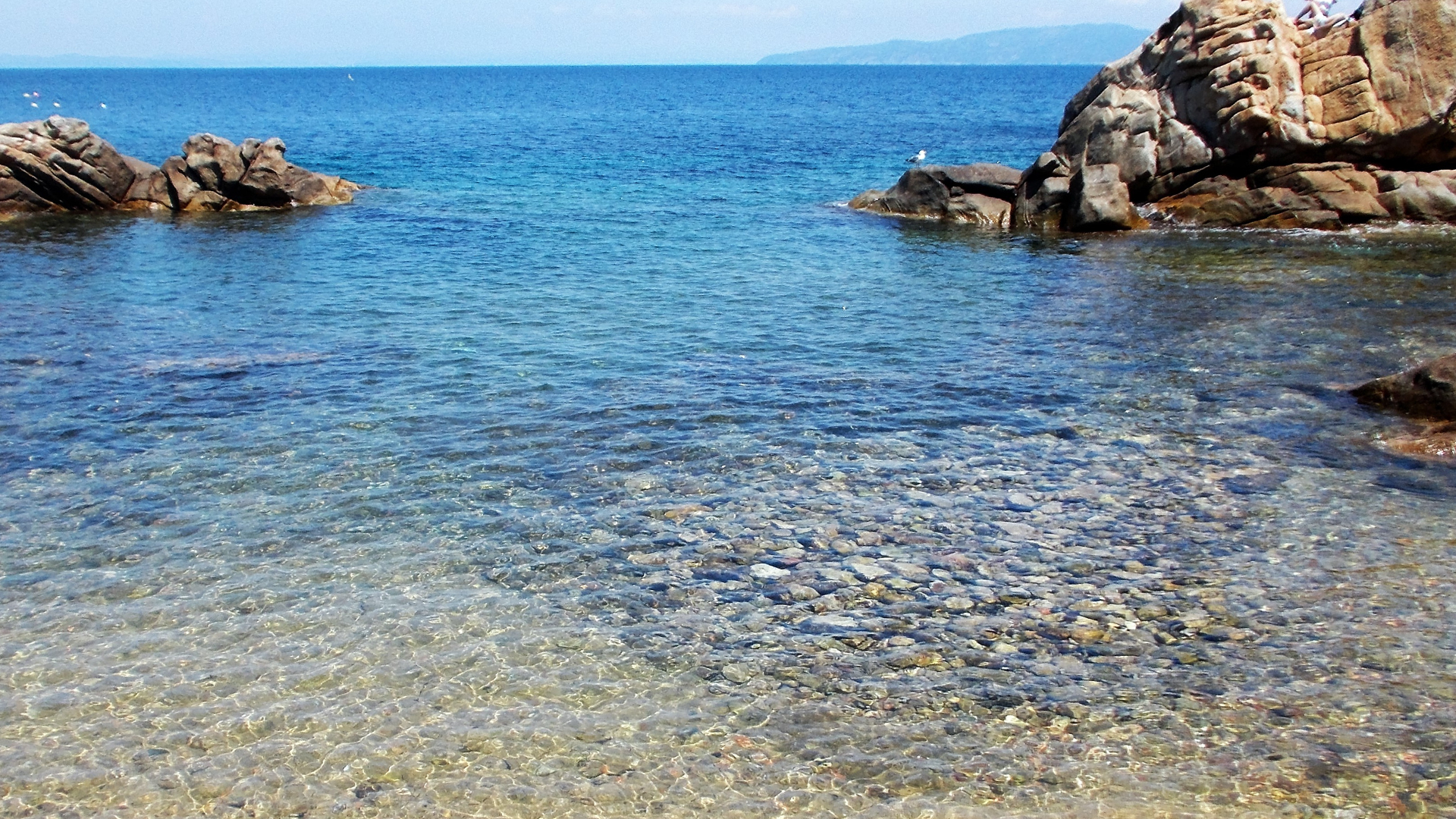Nature of the island
The geological nature of the Island of Giglio helps to determine its morphology and jagged perimeter, full of small sandy coves interspersed with high coasts and steep bottoms. The rocks are mainly made up of granite reliefs about 5 million years old with the exception of the Promontorio del Franco made up of limestone and metamorphic rocks.
The vegetation
The natural vegetation of Giglio is typical of the Mediterranean scrub, able to withstand long periods of drought, strong sunshine and the scarcity of fertile soil. Bushes of heather, strawberry tree, rockrose, myrtle and mastic among the rocks, while on the beaches we find sea lily, helichrysum, Hottentot fig and other flora typical of sandy coasts.
Rock and tide pools
Life on rocky things is difficult but extraordinarily rich in organisms. The alternation of the tides, the rain, the waves and the storm surges leave small and large pools exposed to the sun, more or less deep hollows where the water stagnates and where the salt concentration and temperature vary dangerously before a new submersion (tide pools). Other cavities are reached by sea spray only
during storm surges (rock pools).
Living dangerously
The rocks are inhabited by small organisms perfectly camouflaged with the substrate that survive prohibitive environmental conditions thanks to extraordinary adaptations. The sea lettuce resists the waves thanks to a peduncle that anchors it to the rocks, the sea tomato
and the margherita anemone shrink to avoid temporary dehydration in the pools. The limpets adhere strongly to the rock and move at night to browse the algae, the barnacles close the limestone plates to resist drying out completely. The Italian Sea Slater is often seen darting on the rocks but almost never in the water and the hermit crab is always looking for a new shell in which to take refuge.
The sea urchin has a limestone skeleton that get’s covered with pieces of posidonia, sticks and pebbles. Among the few vertebrates present in the pools and among the rocks there are some species of fish such as blennies that "walk" on the rock with the help of their fins.
The beach tells a tale
The sandy beach is a complex and fascinating environment, where animals and plants have developed countless adaptations to resist sand, salt, storm surges, wind, as well as huge fluctuations in temperature between day and night and between summer and winter.
The sand, formed by a set of grains of different shapes, colours and size, can originate from different rocks and be made up of single minerals, pieces of rock or parts of marine organisms of varying quality and quantity. Each beach is different from the others but all are transitional environments and perform, among others, the function of a buffer zone that regulates exchanges between the mainland and the sea and protects both the marine and terrestrial ecosystems.
Sea birds
Like all islands, Giglio is also a resting place for numerous species of both sedentary and migratory birdlife that find shelter and food here, as in the entire Tuscan archipelago. Seabirds such as the herring gull and the rarer Corsican gull, shearwaters and shag rest and sometimes nest on the rocky walls, far from predators. Overhead birds of prey float on the thermals such as the peregrine falcon, the buzzard or the kestrel.





